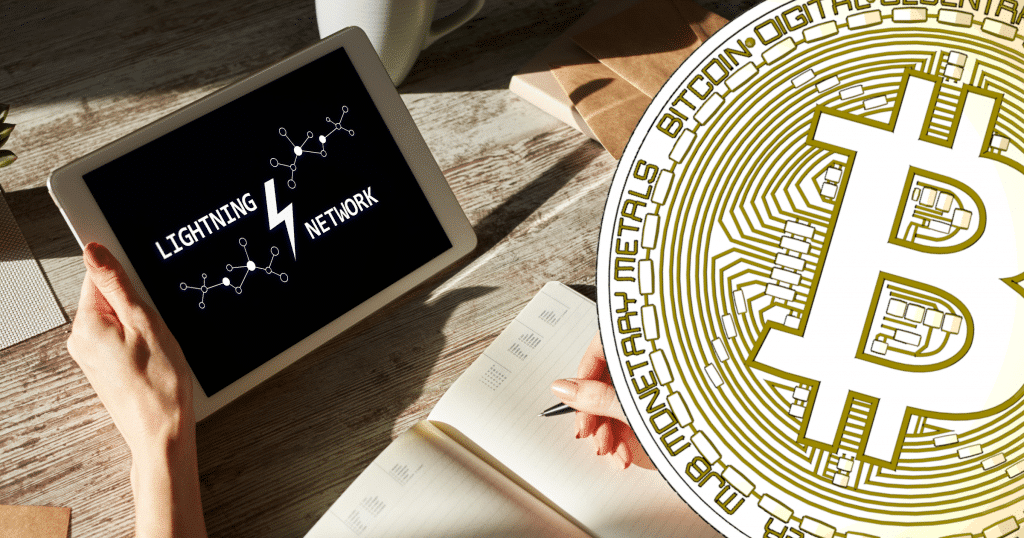When Satoshi Nakamoto first published his proposal about bitcoin in 2008, early crypto fans quickly pointed out that the cryptocurrency would not be able to be used by many people. The protocol was only able to process seven transactions per second.
In the beginning, this processing speed was enough. However, almost a decade later, there is a need for more speed when processing payments. To solve the problem, developers came up with the lightning network.
Compared to the biggest fiat money companies like Visa and Mastercard, bitcoin is lagging. For example, according to Hackernoon, Visa does 1,700 transactions in the time bitcoin takes to process 4.6 transactions. Obviously, bitcoin has a lot of catching up to do.
What is the lightning network?
One of the biggest reasons why bitcoin is slow in delivering payments has to do with the blockchain. A blockchain is a form of a ledger where the protocol records all the transactions that happen on its network. It happens roughly every ten minutes for a batch of transactions. The batch of transactions is called a “block”.
It means that every sender of bitcoin will have to wait for the bitcoin network to record the money on this ledger. When Satoshi Nakamoto launched the payment system, he had set a “block size” at 1 MB. On average, this only covers four to six transactions per second.
Initially, developers hoped they would solve the problem by increasing the block size. They came up with a method of using multiple nodes to act as witnesses. These witnesses were called “segregated witnesses”, or “Segwit”.
Segwit worked like a charm. It allowed more users to take part in sending the money. However, it soon hit a snag – Segwit would only accommodate 4 MB per block.
To go around this problem, developers launched the lightning network in 2018. It followed a foundation laid out by Joseph Poon and Thaddeus Dryja in 2015. Instead of waiting for the main blockchain to confirm the payments that users have carried out, the network runs its own superfast chain.
How it works – cheap, yet fast
To put it simply, the lightning network makes it possible for many confirmations to happen within a short time. It also comes very cheaply. People sending the money do not have to pay as much as they would in a congested bitcoin network.
It works this way. The lightning network is a set of rules which are built on top of the original bitcoin network. The rules work on a layer above the main chain. These rules ensure that small transactions are not processed on the main chain. Rather, they would be processed “off-chain”. Later, the off-chain transactions will be recorded on the main blockchain.
That way, the network is decongested and the fees for making small transactions are reasonable.
When the lightning network rolls out in all of its glory, the bitcoin, litecoin and similar networks will be able to compete with Mastercard, Visa and other fiat giants.





